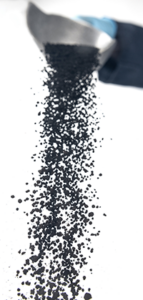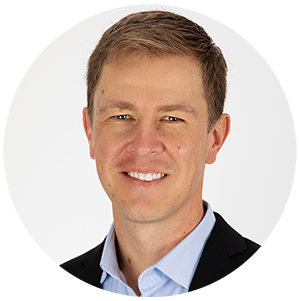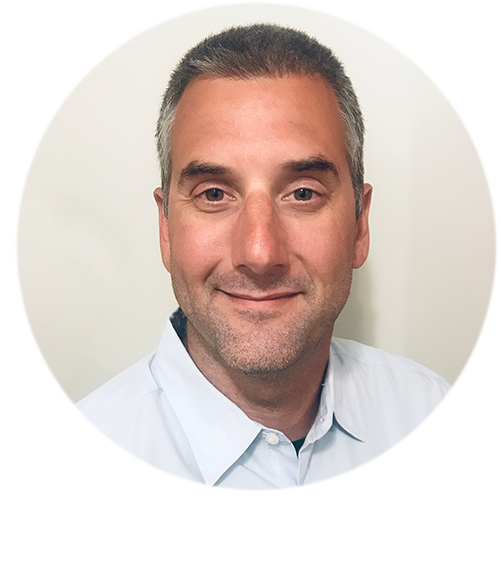SourceStop: effective PFAS treatment for soil and groundwater in source areas
Language: English
Presenters: Paul Erickson and Steve Barnes (REGENESIS)
In this webinar, our Vice President of R&D, Paul Erickson introduces SourceStop, a new technology for effective treatment of PFAS-contaminated soil and groundwater in the source area. By significantly reducing the leaching of soil contamination and halting the migration of PFAS in groundwater, SourceStop eliminates the risk to downgradient receptors. Available in solid and liquid formulations, SourceStop allows treatment to be customised to meet the specific needs of any site. SourceStop uses REGENESIS’ colloidal activated carbon technology to provide excellent distribution, penetration and permanent coating of impacted soils.
 The SourceStop solid format prevents PFAS discharge to groundwater from the spill location, by reducing the leachability of the PFAS sorbed to the soil. It contains a composite aggregate of REGENESIS’ colloidal activated carbon technology and powdered activated carbon. The conglomerated particles are approximately 0.5-2mm in size and can be mechanically broadcast and distributed into soils with conventional site equipment. SourceStop is designed to break apart upon mixing into the soils to release colloidal activated carbon, which then penetrates and coats the soils to reduce PFAS leaching. SourceStop is engineered to mix rapidly and produce very little dust, making it safe and easy to use onsite.
The SourceStop solid format prevents PFAS discharge to groundwater from the spill location, by reducing the leachability of the PFAS sorbed to the soil. It contains a composite aggregate of REGENESIS’ colloidal activated carbon technology and powdered activated carbon. The conglomerated particles are approximately 0.5-2mm in size and can be mechanically broadcast and distributed into soils with conventional site equipment. SourceStop is designed to break apart upon mixing into the soils to release colloidal activated carbon, which then penetrates and coats the soils to reduce PFAS leaching. SourceStop is engineered to mix rapidly and produce very little dust, making it safe and easy to use onsite.
The liquid form of SourceStop targets capillary fringe contamination preventing further discharge to groundwater and providing immediate PFAS reductions in the source area groundwater. It is composed of 1-2µm colloidal activated carbon particles suspended in water that easily penetrate and coat the saturated soils, adsorbing the PFAS to prevent further PFAS mass flux through the aquifer.
Engineered to be safe to handle and minimise application time, SourceStop liquid and solid formats can be used independently, in combination, or with a downgradient PlumeStop barrier to provide a complete, low-cost, zero-waste solution for PFAS sites.
Paul explains the science underpinning the treatment and show laboratory studies to demonstrate the processes involved. Paul is joined by Steve Barnes, the Director of Remediation Operations in the US, who explains where to use the treatment, demonstrate application methods and show examples of site work.
Presented by:
 Paul Erickson, PhD
Paul Erickson, PhD
Vice President of Research and Development, REGENESIS
Dr Paul Erickson is the Vice President of Research & Development with REGENESIS, overseeing the commercialization of new environmental solutions to address complex remediation challenges. In his time with REGENESIS, Dr Erickson has led the development of a number of innovative remediation products and technologies, including PetroFix and FluxTracer. Dr Erickson earned a BSc degree in Chemistry from Florida State University, an M.Sc.in Chemistry from the University of Minnesota, and a PhD in Environmental Chemistry from ETH Zurich.

Steve Barnes
Director of Remediation Operations, REGENESIS
Steve Barnes has over 20 years of experience as an environmental geologist/project manager relating to soil, sediment, and groundwater contamination throughout U.S. while working under various regulatory agencies. For the last few years, Steve Barnes has been responsible for managing regional project managers while overseeing operations of the REGENESIS North America Remediation Service Division. Steve Barnes has a bachelor’s degree in Geology from Southern Methodist University and a Master of Business Administration from the University of Notre Dame.

 Americas
Americas Europe
Europe Français
Français Deutsch
Deutsch Italiano
Italiano Español
Español
